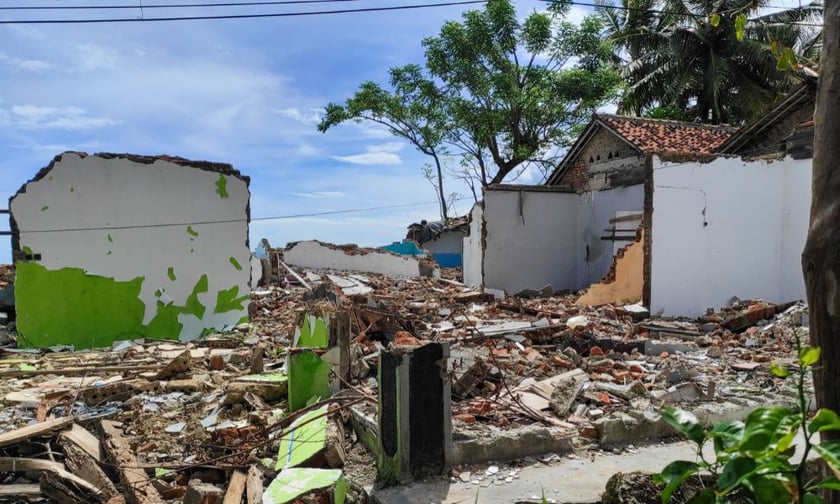

Homeowners in Canterbury dealing with unresolved earthquake claims are expressing mounting frustration over prolonged delays and procedural issues within New Zealand’s Natural Hazards Commission (NHC), previously the Earthquake Commission (EQC).
Ali Jones, a Christchurch community board member and long-time advocate for claimants, has publicly criticised the commission’s handling practices, asserting that the agency prioritises administrative targets over transparent communication with homeowners.
Jones, who has been involved with earthquake claimants since the major Canterbury quakes in 2010 and 2011, argued that the NHC’s operational practices lack transparency, with legal and administrative costs on the rise.
According to Jones, an Official Information Act (OIA) request showed a notable increase in NHC’s external legal costs over the past financial year, with no clear data on internal legal expenses.
“There is no doubt the organisation has become far more litigious in the last three [to] four years, which is a key pillar in the way many insurers play this game – delay, deny, [and] defend. It’s terribly disappointing,” she said.
She said that such tactics are causing serious delays and frustration among homeowners, construction professionals, and engineers still working to resolve claims from over a decade ago.
Jones has also raised concerns about communication challenges, alleging inconsistent and inaccurate responses from NHC staff that frequently undermine the evaluations provided by claimants’ experts.
Some homeowners report receiving closure notices on their claims without prior agreement or final resolution, with NHC re-opening these cases upon challenge.
Such practices, Jones said, lead to a reclassification of these claims as “new,” skewing data on how many long-standing cases remain unresolved.
Another major change under scrutiny is NHC’s decision to establish an in-house dispute resolution service, rather than relying on the New Zealand Claims Resolution Service (NZCRS), an independent mediator used in the past.
NHC has argued that this new process aligns with legislative requirements under the Natural Hazards Insurance Act, but Jones disputes this, noting that existing services could have met the mandate without requiring taxpayer funding for a new in-house system.
Under the NHC’s process, claimants reportedly lack a path for independent appeal, with NHC advising those dissatisfied to pursue court action.
Jones detailed issues such as:
Such practices, she argued, add costly delays and pressure claimants toward litigation.
The NHC’s most recent annual report, marking the first issued since its rebranding, also revealed financial constraints.
Auditors from Ernst & Young noted a potential “funding deficiency,” reporting that the commission’s total liabilities exceed its assets after reinsurance is accounted for.
According to Jones, this financial strain could further impact claims handling and resolution timelines, especially as the agency manages a backlog of Canterbury earthquake claims and new claims from North Island weather events.
As the NHC navigates its new operational mandate, claimants and industry observers are closely watching for improvements in claims processes and transparency. Jones insists that adhering to established processes and allowing claimants’ input is key to finally resolving Canterbury’s outstanding cases.
